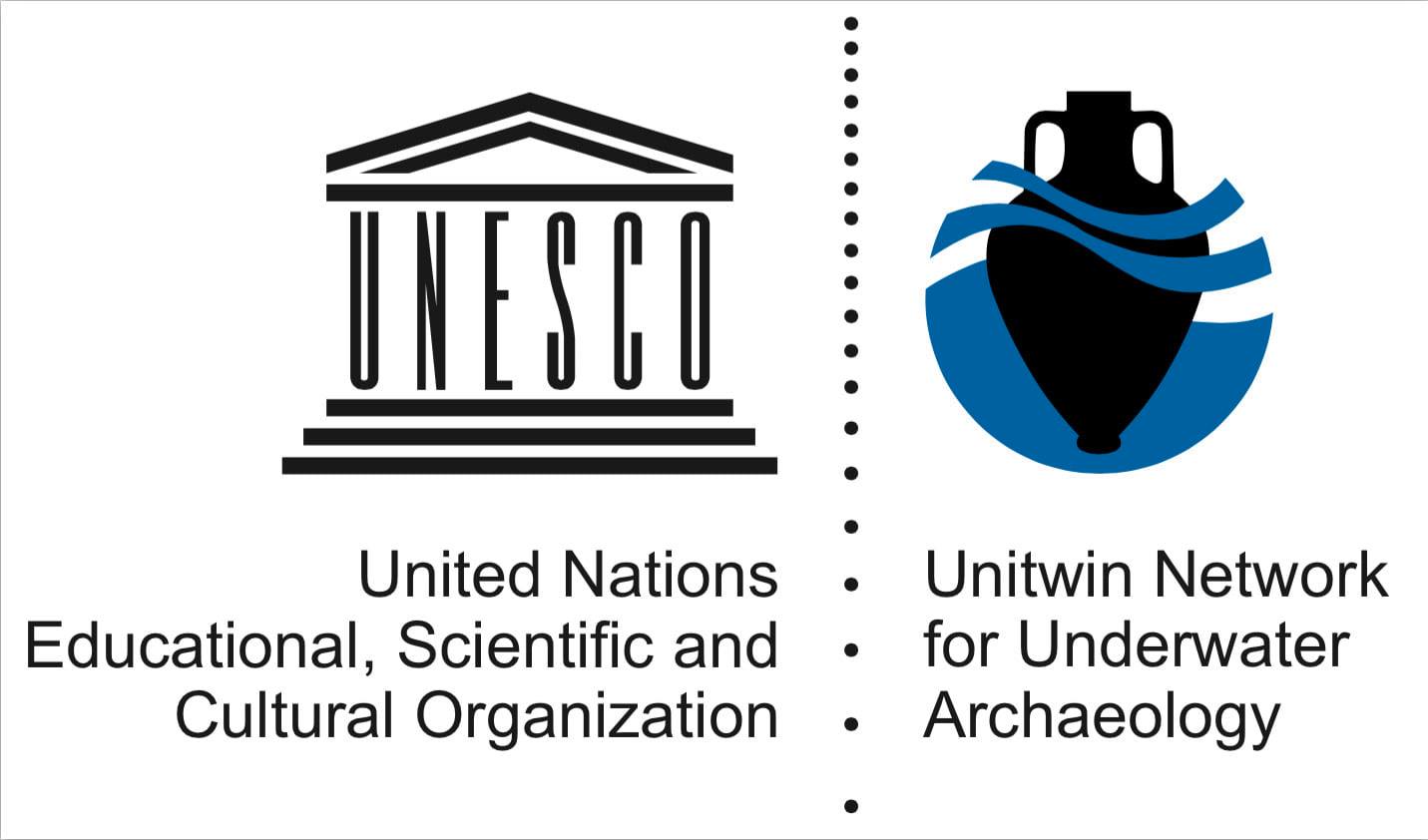

The cross-cultural and multi-disciplinary study of stone tidal weirs and efforts to raise awareness require the establishment of an international network.
The academic core consists of the three member universities, part of the UNESCO UNITWIN Network for Underwater Archaeology: the Tokyo University of Marine Science and Technology, the University of Guam, and the University of Warsaw. The network enhances the protection and research efforts on underwater cultural heritage by connecting universities and professional training institutions, and acting as a bridge between academia, civil society, local communities, and policy makers.
On the other hand, local NGO or NPO organizations play a central role in safeguarding or reviving stone tidal weirs. As an intermediary the academic core builds relationship between coastal community stakeholders, including NGOs or NPOs, and international organizations, including the UN, UNESCO, ICOMOS, plus local and national governments.
The UNESCO UNITWIN Network for Underwater Archaeology offers a formal platform to connect member universities and training institutions. The academic core mediates between the local and international worlds, focusing on recognizing the importance of stone tidal weirs as underwater cultural heritage.
Local communities are not always aware of the global and iconic relevance of stone tidal weirs as heritage assets. Academics act as mediators and provide good advice and appropriate information on stone tidal weirs to coastal communities.
Each coastal community having stone tidal weirs seems to face similar difficulties, as well as similar environmental and social problems.
The international network provides local communities the opportunity for examining and solving them on the global base.
Conferences and workshops organized by universities, some of which belong to the UNESCO UNITWIN Network for Underwater Archaeology, involve not only academics but also representatives of coastal communities and stakeholders, policy makers, or governmental officials.